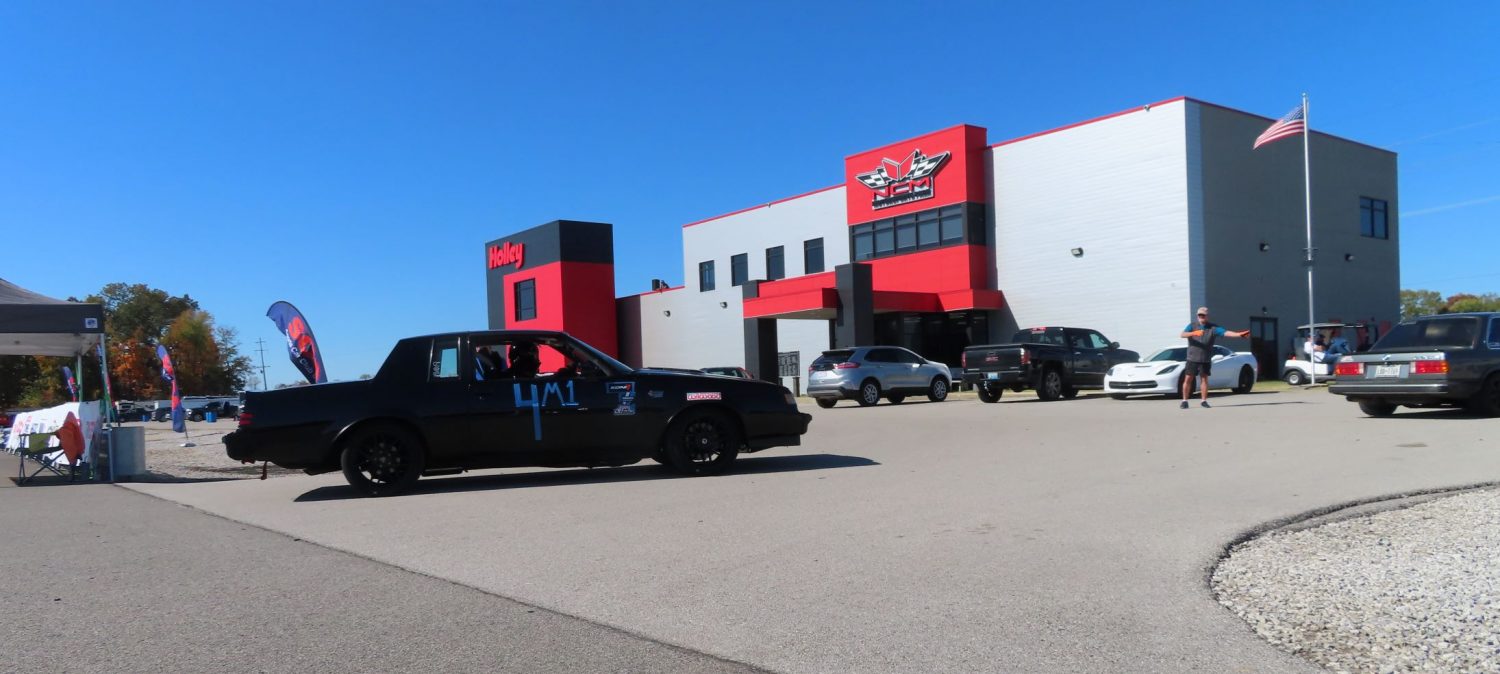The 1984-1987 (and 1989 Turbo Trans Am) engines had something that was relatively new to GM in the 1980s: A serpentine belt with a tensioner to drive the accessories. All the other G-Body powerplants (305 V8, 231 non-turbo V6, and the 4.3L V6) used multiple V-belts, with the tension set by feel.
The Grand National, with its fancy fuel injection and turbocharger, required something new. So, instead of a bunch of V-belts, it got an inch-wide serpentine with a tensioner to maintain tension on the belt instead of prying at accessories with a screwdriver.
This was all well and good, until my tensioner started making noise. Terrible noise. And it wasn’t the bearing in the tensioner pulley, no. the spring-loaded tension mechanism was popping and grinding and making a terrible racket. It needed to be replaced.
Problem: they don’t make it anymore. GM discontinued it. All the parts store no longer had them in stock. Turns out the tensioner assembly was unique to this engine, so it’s NLA. Thankfully, the good people at White Racing has created this new billet tensioner to replace the discontinued stock unit. It’s expensive considering the OE tensioner used to sell for $60, but this is an old, niche car. Gotta pay to play.
So I got one.

The first thing you notice is it’s shiny. The second is the massive amount of metal around the bolt holes compared to the stock unit. Where the stock unit has thin cast-in gussets, this new piece has been machined leaving as much material around the bolt holes as possible. This was done to alleviate a nasty habit the stock pieces used to have: they’d break. A popular thing to do with the Buick V6 was to put an eyebolt through the alternator, then hook that eyebolt to a ratchet strap that was attached to a hole in the frame. This kept the engine from rocking over to the passenger side and breaking the driver side motor mount. The problem came when people started making big power, all that force got transferred through the alternator case to the tensioner (which the alternator attaches to). The tensioner would then break. Not good. This tensioner is manufactured with a lot more metal hoping to avoid this situation.
Installation was pretty straightforward. Disconnect the battery, take the belt loose, get the intake tube that runs from the MAF to the turbocharger out of the way, unbolt the alternator and swing it out of the way, then remove the two remaining bolts to pull the old tensioner. Installation is reverse of assembly.
After installation, all of the undesirable noises and vibrations that had been coming from the front of my engine are gone. That includes not just the popping, but a persistent click that I had assumed to be a lifter. It was the tensioner all along.
